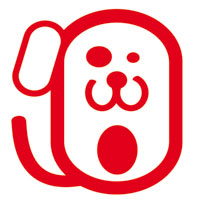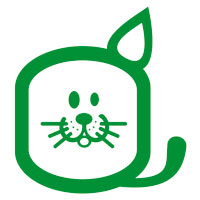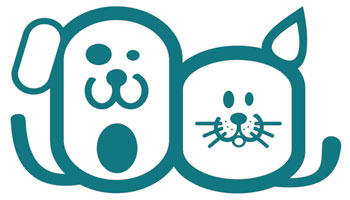Los Artículos sobre Mascotas (Perros o Gatos) de PETSmania
Ir a indice de Artículos
Terrier Ratonero Americano
Estandar de la Raza Terrier Ratonero Americano
Por :
Michigan (Estados Unidos)
Seccion:
RAT TERRIER
(Terrier Ratonero Americano)
Official UKC Breed Standard
Terrier Group
©Copyright 1998, United Kennel Club, Inc.
Revised January 1, 2004
The goals and purposes of this breed standard include: to furnish guidelines for breeders who wish to maintain the quality of their breed and to improve it; to advance this breed to a state of similarity throughout the world; and to act as a guide for judges.
Breeders and judges have the responsibility to avoid any conditions or exaggerations that are detrimental to the health, welfare, essence and soundness of this breed, and must take the responsibility to see that these are not perpetuated.
Any departure from the following should be considered a fault, and the seriousness with which the fault should be regarded should be in exact proportion to its degree and its effect upon the health and welfare of the dog and on the dog’s ability to perform its traditional work.
HISTORY
The Rat Terrier is an American breed descended from the terriers brought over by English miners and other working class immigrants. These terriers probably included crosses between the Smooth Fox Terrier, the Manchester Terrier and the now extinct white English Terrier. These dogs were used as ratters, and gambling on their prowess in killing rats was a favorite hobby of their owners. Some of these dogs were crossed with Whippets or Italian Greyhounds (for speed) and Beagles (for hunting ability).
Eventually, these tough little terriers evolved into today’s Rat Terrier. The breed was popularized by President Teddy Roosevelt, who frequently hunted with his Rat Terriers. Many are still used as ratters and squirrel hunters, particularly in the South, where they are sometimes known as “Feists.”
The Rat Terrier was recognized by the United Kennel Club on January 1, 1999.
GENERAL APPEARANCE
The Rat Terrier is a muscular, active, small-to-medium hunting terrier. The preferred ratio of length of body (prosternum to point of buttocks) to height (withers to ground) to is 10:9. The head is broad, slightly domed, wedge-shaped, and proportionate to the size of the body. Ears are V-shaped, set at the outside edges of the skull, and may be erect or button. The Rat Terrier may have a natural tail carried in an upward curve, a natural bob tail, or a docked tail. The Rat Terrier comes in solid white, other solid colors with markings, and white with a variety of colored patches.
The Rat Terrier should be evaluated as a working terrier, and exaggerations or faults should be penalized in proportion to how much they interfere with the dog’s ability to work. Honorable scars resulting from field work are not to be penalized.
Disqualification: A short-legged dog whose proportions vary significantly from the 10:9 ratio lacks breed type and must be disqualified.
CHARACTERISTICS
The Rat Terrier is an energetic, alert dog whose curiosity and intelligence make him easy to train. The Rat Terrier has sometimes been described as having a dual personality. He is a fearless, tenacious hunter with seemingly unlimited energy. When he is not hunting, however, the Rat Terrier is an exceptionally friendly companion, getting along well with children, other dogs, and even cats. Rat Terriers enjoy human companionship immensely and will enthusiastically share any activity with their owners. Rat Terriers should not be sparred during conformation judging.
HEAD
The head is proportionate to the size of the body. When viewed from the side, the skull and muzzle are of equal length and joined by a moderate stop. Viewed from the front and the side, the Rat Terrier’s head forms a blunt wedge shape.
Fault: Abrupt stop.
SKULL - The skull is broad and slightly domed. It tapers slightly toward the muzzle. The jaws are powerful with well-muscled cheeks.
Serious Fault: Apple head.
MUZZLE - The muzzle is well filled-out under the eyes, well-chiseled, and tapers slightly from the stop to the nose. Jaws are powerful and hinged well back allowing the dog to open his mouth wide enough to catch rats and other rodents. Lips are dry and tight with no flews. Lip pigment matches nose pigment.
Fault: Snipey muzzle.
TEETH - The Rat Terrier has a complete set of good-sized, evenly spaced, white teeth. A scissors bite is preferred but a level bite is acceptable.
Faults: Missing teeth; overshot or undershot bite.
NOSE - The nose is black or self-colored.
Faults: Dudley or butterfly nose.
EYES - Eyes are set obliquely and are round, small, and somewhat prominent. Eye color ranges from dark brown to amber and corresponds with coat color. Hazel eyes are acceptable in dogs with lighter coat color. Blue or amber eyes are permitted in blue-colored dogs only, but a dark gray eye with gray eye rims is preferred. Eye rims match nose pigment.
Faults: Bulgy eyes; deep-set eyes; light-colored eyes in a dog with black coat color or black pigment; both eyes not of matching colors; eye with iris containing more than one color; wall or china eye.
EARS - Ears are V-shaped, set at the outside edges of the skull. Ears are either erect, tipped, or button when the dog is alert. Matching ears are strongly preferred. Non-matching ear carriage should be penalized to the degree of the variation. Note: Ear carriage may not stabilize until a dog is mature. Dogs under one year of age should not be penalized for variations in ear carriage.
Faults: Erect ears with the sides curved inward forming a shape like a tulip petal; rose ears; flying ears; non-matching ear carriages.
Disqualification: Hanging ears.
NECK
The neck is clean, moderately long, muscular, slightly arched, and tapers slightly from the shoulders to the head. The neck blends smoothly into well laid back shoulders.
FOREQUARTERS
Shoulders are smoothly muscled. The shoulder blades are well laid back with the upper tips fairly close together at the withers. The upper arm appears to be equal in length to the shoulder blade and joins it at an apparent right angle. The elbows are close to the body. Viewed from any angle, the forelegs are straight, strong, and sturdy in bone. The pasterns are strong, short, and nearly vertical.
BODY
A properly proportioned Rat Terrier is slightly longer (measured from prosternum to point of buttocks) than tall (measured from the withers to the ground), and length of the front leg (measured from point of elbow to the ground) should approximately equal one-half of the dog’s height. Whether the dog is standing or moving, the line of the back is strong and level. The loin is moderately short, slightly arched, and muscular, with moderate tuck-up. The croup is slightly sloping. The ribs extend well back and are well sprung out from the spine, forming a broad, strong back, then curving down and inward to form a deep body. The brisket extends to or just below the elbow. Viewed from the front, the chest between the forelegs is well filled and of moderate width. Viewed from the side, the forechest extends in a shallow oval shape in front of the forelegs.
HINDQUARTERS
The hindquarters are muscular with the length of the upper and lower thighs being approximately equal. The angulation of the hindquarters is in balance with the angulation of the forequarters. The stifles are well-bent, and the hocks are well let down. When the dog is standing, the short, strong rear pasterns are perpendicular to the ground and, viewed from the rear, parallel to one another.
FEET
The feet are compact and slightly oval in shape. The two middle toes are slightly longer than the other toes. Toes may be well split up but not flat or splayed. Front dewclaws may be removed. Rear dewclaws must be removed.
Faults: Flat feet; splayed feet; rear dewclaws present.
TAIL
The tail is set on at the end of the croup. A docked or natural bob tail is preferred, but a natural tail is not a fault. Docking should be between the second and third joint of the tail. The natural tail is thick at the base and tapers toward the tip. When the dog is alert, the tail is carried in an upward curve. When relaxed, the tail may be carried straight out behind the dog.
Faults: Bent tail; ring tail.
COAT
The coat is short, dense, and smooth, with a sheen. Whiskers are not removed.
Disqualifications: Wire or broken coat; long coat.
COLOR
The Rat Terrier may be solid white, bi-color or tri-color but must always have some white, which may be of any size and located anywhere on the dog. The white area may be ticked as long as white predominates. The remaining accepted colors are: black, tan (ranging from dark tan to very light tan and from intense dark mahogany red to light red with black nose and eye rims), chocolate (ranging from dark liver to light chocolate with self-colored nose and eye rims), blue and blue fawn (with self-colored nose and eye rims), apricot (ranging from orange to faded yellow with black nose and eye rims), and lemon (ranging from orange to faded yellow with self-colored nose and eye rims). Colored areas may have sable overlay.
Faults: Fawn (pale yellowish tan with self-colored nose), cream (pale yellow to off-white), fallow with black mask (very light yellowish tan with black mask), and silver (the extreme dilution of blue).
Disqualifications: Brindle; merle; absence of white; any solid color other than white; albinism.
HEIGHT AND WEIGHT
The Rat Terrier is divided into two varieties for conformation exhibition: Miniature and Standard.
- Miniature Variety: Not exceeding 13 inches, measured at the withers.
- Standard Variety: Over 13 inches but not exceeding 18 inches, measured at the withers.
Weight will vary depending on the size of the individual dog. Rat Terriers are working terriers and should be presented in hard, muscular condition.
Faults: Height over 19 inches; obesity.
GAIT
The Rat Terrier moves with a jaunty air that suggests agility, speed, and power. Rat Terrier gait is smooth and effortless, with good reach of forequarters without any trace of hackney gait. Rear quarters have strong driving power, with hocks fully extending. Viewed from any position, legs turn neither in nor out, nor do feet cross or interfere with each other. As speed increases, feet tend to converge toward center line of balance.
DISQUALIFICATIONS
(A dog with a Disqualification must not be considered for placement in a conformation event, and must be reported to UKC.)
- Unilateral or bilateral cryptorchid.
- Viciousness or extreme shyness.
- Unilateral or bilateral deafness.
- Albinism.
- A short-legged dog whose proportions vary significantly from the 10:9 ratio.
- Hanging ears.
- Wire or broken coat.
- Long coat.
- Brindle.
- Merle.
- Absence of white.
- Bi-color where neither color is white.
The docking of tails and cropping of ears in America is legal and remains a personal choice. However, as an international registry, the United Kennel Club, Inc. is aware that the practices of cropping and docking have been forbidden in some countries. In light of these developments, the United Kennel Club, Inc. feels that no dog in any UKC event, including conformation, shall be penalized for a full tail or natural ears.
Please Note: In UKC Conformation Shows, this breed is shown by variety in this order – Miniature, Standard.
tkellam
 ukcdogs.com
ukcdogs.com100 E Kilgore Rd
Kalamazoo
49002-5584 - Michigan - Estados Unidos
Tel: +1-616-269.343.9020
Fax: +1-616-269.343.7037
Nota: no se responsabiliza de la informacion u opiniones vertidas en estos contenidos ni tiene por que estar de acuerdo con ellos.
Mostrando la pagina 21 de 46
Parson Russell Terrier
Carácter: La diversión está asegurada.
Seccion: Carácter: La diversión está asegurada.
El Jack Russell Terrier en sus dos variedades es un perro intrépido, osado y muy inteligente, su primera cualidad es su inmensa capacidad de trabajo y su segunda sus cualidades como compañero. ...
Parson Russell Terrier
Comentarios al Estándard del Parson Russell Terrier.
Seccion: Comentarios al Estándard del Parson Russell Terrier.
...
Jack Russell Terrier
Parson Russell Terrier y Jack Russell Terrier. Origenes, Historia, Evolución y Actualidad.
Seccion: Parson Russell Terrier y Jack Russell Terrier. Origenes, Historia, Evolución y Actualidad.
El Reverendo John (Jack es el diminutivo) Russell fue un Pastor Protestante nacido en Dartmouth, Devon, Inglaterra el 12 de Diciembre de 1.795, muriendo el 28 de Abril de 1.883 a los 87 años de edad, se dice q ...
Parson Russell Terrier
Parson Russell Terrier y Jack Russell Terrier. Origenes, Historia, Evolución y Actualidad.
Seccion: Parson Russell Terrier y Jack Russell Terrier. Origenes, Historia, Evolución y Actualidad.
El Reverendo John (Jack es el diminutivo) Russell fue un Pastor Protestante nacido en Dartmouth, Devon, Inglaterra el 12 de Diciembre de 1.795, muriendo el 28 de Abril de 1.883 a los 87 años de edad, se dice q ...
Perro de Agua Español
Historia y actualidad del Perro de Agua Español
Seccion: Historia y actualidad del Perro de Agua Español
Se trata de la raza más antigua de nuestra Península, las primeras noticias de su existencia se remontan al siglo X, con aportaciones más recientes de finales del siglo XVIII y principios del XIX, apareciend ...
Rhodesian Ridgeback
La salud del Rhodesian Ridgeback
Seccion: La salud del Rhodesian Ridgeback
Cabe destacar que el Rhodesian ridgeback es un perro sano, atlético y funcional. Pero como todas las razas puede sufrir leves enfermedades que hay que tener en cuenta para una cría responsable. Citamos alguna ...
Época de espigas
Seccion: La presencia de cualquier cuerpo extraño en el organismo provoca un malestar importante al animal que si no se soluciona en las primeras horas se puede llegar al desarrollo de una patología grave ...
Socialización versus vacunación
Seccion: Es difícil unir ambos conceptos y llevarlos a la práctica de manera correcta, pero se puede hacer perfectamente, y eso es lo que queremos que entendáis; porque tan importante es una cosa como la otra y no se ...
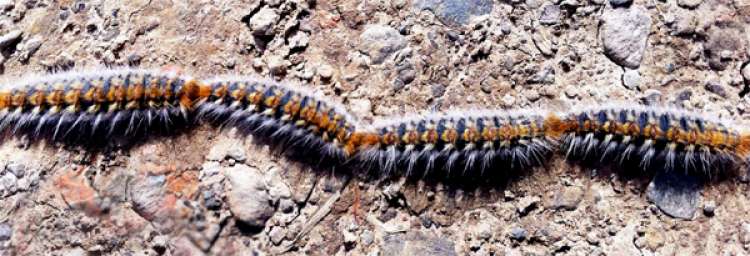
La Procesionaria. Un peligro para nuestros perros.
Seccion: Estas orugas suponen un problema para las personas pero, como veremos, es muy peligrosa para nuestros perros y especialmente para los cachorros. ...
Las terapias de conducta. Los efectos del estres
Seccion: ¿Y quién iba a pensar que el estrés influiría también en nuestros perros? Pues fíjese qué sorpresa, ellos no trabajan 16 horas al día ni se toman 6 cafés cargados, pero les afectan los nuestros. ...
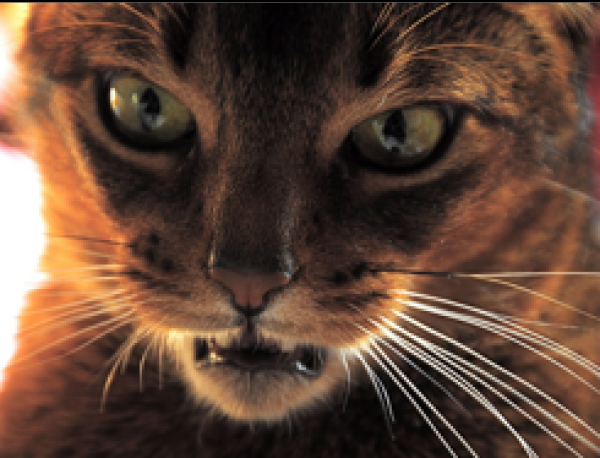
Manifestaciones del estrés
Seccion: El tema que nos ocupa en este atículo está muy en boga actualmente debido a que vivimos en una sociedad de consumo dominada por las prisas, los nervios, la comida rápida y la contaminación, entre otros prob ...
Mis niños los 3 Fs.
Seccion: Mis preciosos Querubines han nacido felizmente !!! Todos sanos y fuertes. Son 4 chicos y una princesita ! ...
Rhodesian Ridgeback
LA FORMACIÓN Y LA IMPORTANCIA DEL DERMOID SINUS
Seccion: LA FORMACIÓN Y LA IMPORTANCIA DEL DERMOID SINUS
El Rhodesian Ridgeback es una raza relativamente moderna creada a finales del siglo diecinueve, mediante el cruce de los perros indígenas Hotentotes con algunas razas europeas llevadas a El Cabo por los prime ...
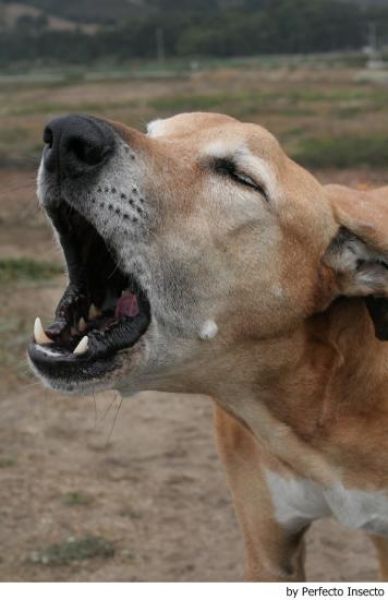
Miedo a las personas
Seccion: El miedo es una de las características psíquicas que conforman el carácter de un perro, que deben ser tenidas más en cuenta de cara a una convivencia apacible y duradera de éstos con las personas. ...
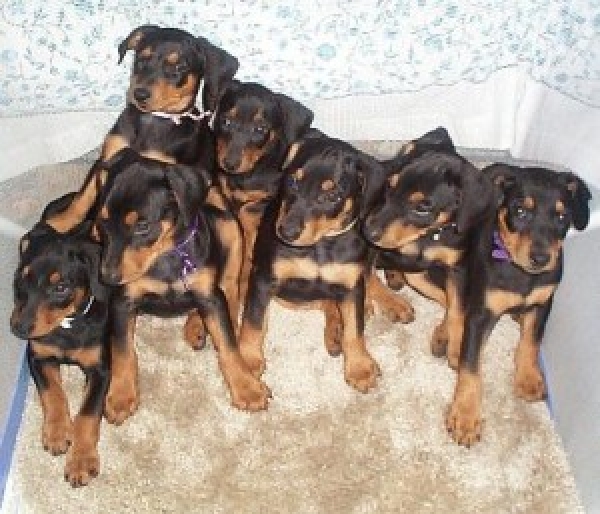
Pinscher Miniatura
Las Patologías y Pruebas en el Pinscher Miniatura
Seccion: Las Patologías y Pruebas en el Pinscher Miniatura
Muchas pruebas de estas patologías pueden ser transmitidas genéticamente o pueden aparecer sin más en el perro. Cada patología o prueba se realiza de manera diferente, desde una radiografía, un análisis ...
